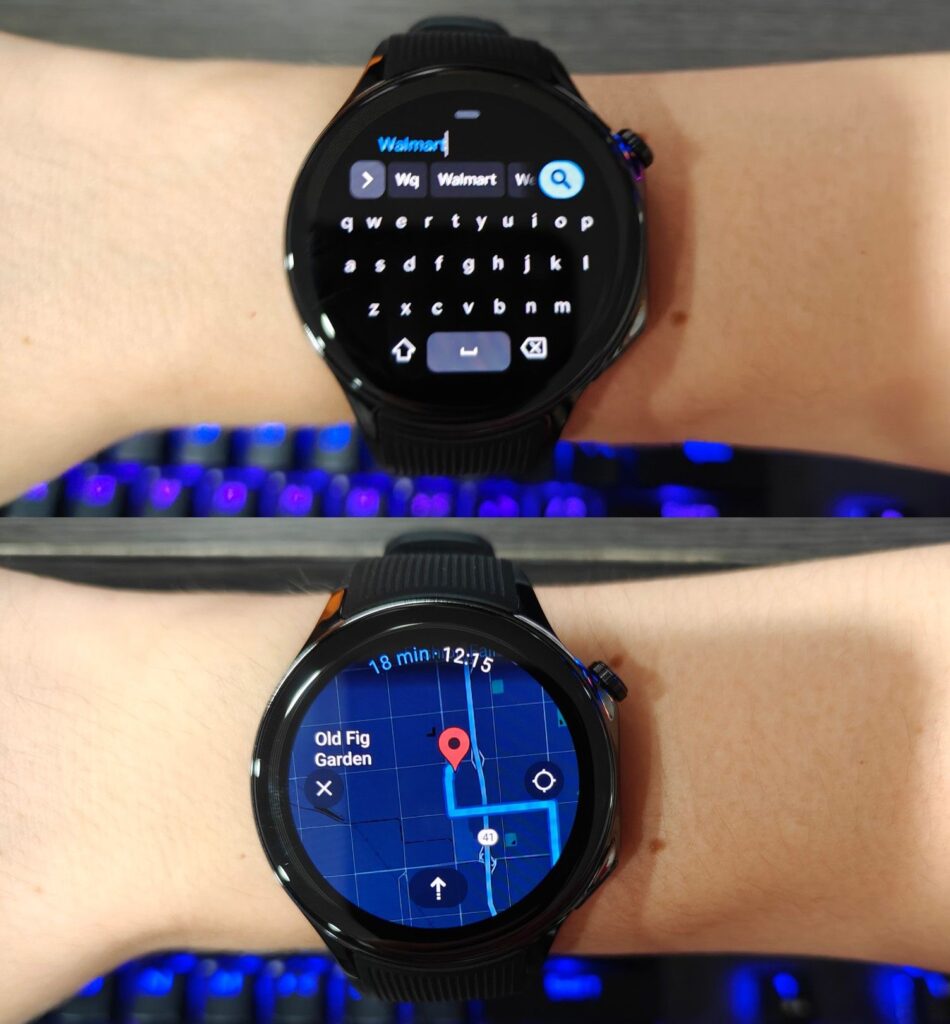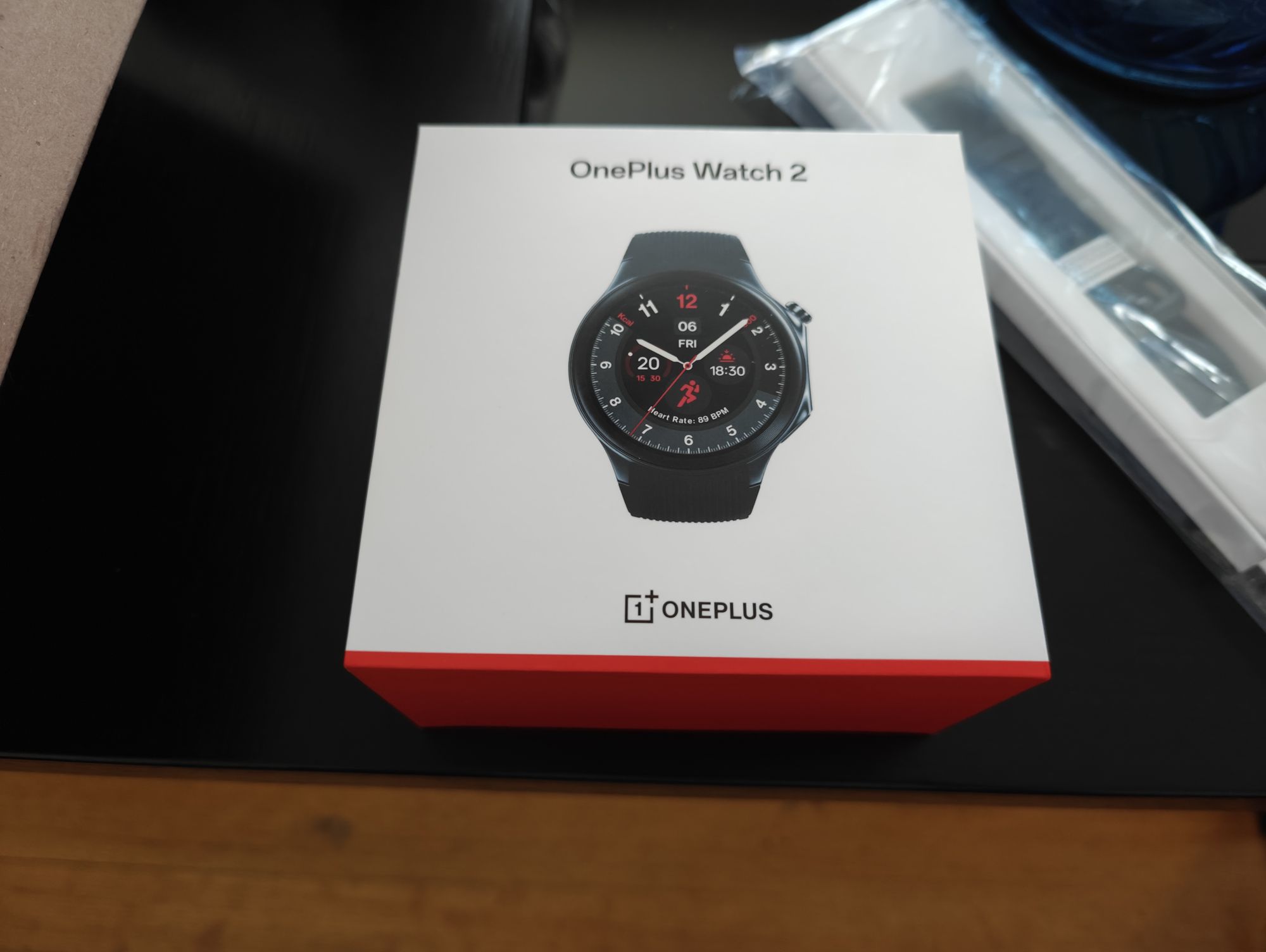After 7 months since its release, I finally pulled the trigger on the OnePlus Watch 2 (thanks to some great deals!). The OnePlus Watch 2 could not be anymore different than its predecessor, the OnePlus Watch, which did not run Wear OS, but its own operating system known as an RTOS that was heavily limited. That watch was considered a glorified fitness tracker. In contrast, the Watch 2 has two processors; one runs Wear OS and the other an RTOS, the purpose of which is to maximize battery life, but providing the performance for Wear OS for a true smart watch experience. What is a true smart watch experience anyways? Wear OS is basically Android for smartwatches, so it is feature packed and has support for hundreds of apps. For starters, the apps that can be useful is Google Maps, which actually displays a tiny map or list directions to follow.

Handy when walking, or whenever you are unable to safely glance at your smartphone. You can also send text messages directly from the watch, via voice typing and even a tiny keyboard, which is so useful for me because voice typing almost always hears me wrong. Unlike its more expensive competition, the Watch 2 lacks LTE (sim card) connectivity, instead relying on your phone’s own connectivity via bluetooth, or from WiFi. So if you’re trying to replace your phone with a smart watch, this isn’t the one. The Watch 2’s highlight is its battery life and extreme endurance. It boats up to 100 hours of battery life in Wear OS mode, or 14 days in RTOS mode, which disables Wear OS but keeps workouts, tracking, and a few essentials like calling or texting. The screen is protected by a sapphire glass, which has higher scratch resistance than ordinary glass, and its water resistance depth is 50 meters.
